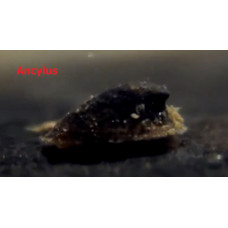From the Greek rhéos - flow, stream and philéo - love.
Rheophilic organisms are hydrobionts whose development takes place in water bodies with high water flow velocity.
Rheophilic fish - fish living in flowing waters - rivers, streams with fast currents (trout, grayling, taimen, etc.).
Animals adapted to live in flowing waters (rivers, streams and shallow marine waters washed by tidal or constant currents). Some spend their entire lives in flowing waters, while others are associated with them only during certain periods (e.g., the larvae of broodworms, mayflies and other insects, passage fish). Acid-loving and need a constant supply of fresh water. Some are good swimmers, able to navigate strong currents (e.g., many salmonid fish). Many sedentary or sedentary forms: resist drifting with the current by grafting onto the substrate (sponges, bryozoans, etc.), attaching to it by means of body growths (e.g., stalkless sea lilies) or by sucking (e.g., Ancylus mollusk), hiding in burrows or among rocks, etc. A number of rheophilic animals are characterized by adaptations for filtering water and catching food particles brought by the current.
Rheophilic organisms
Tags: rheophilic organisms

